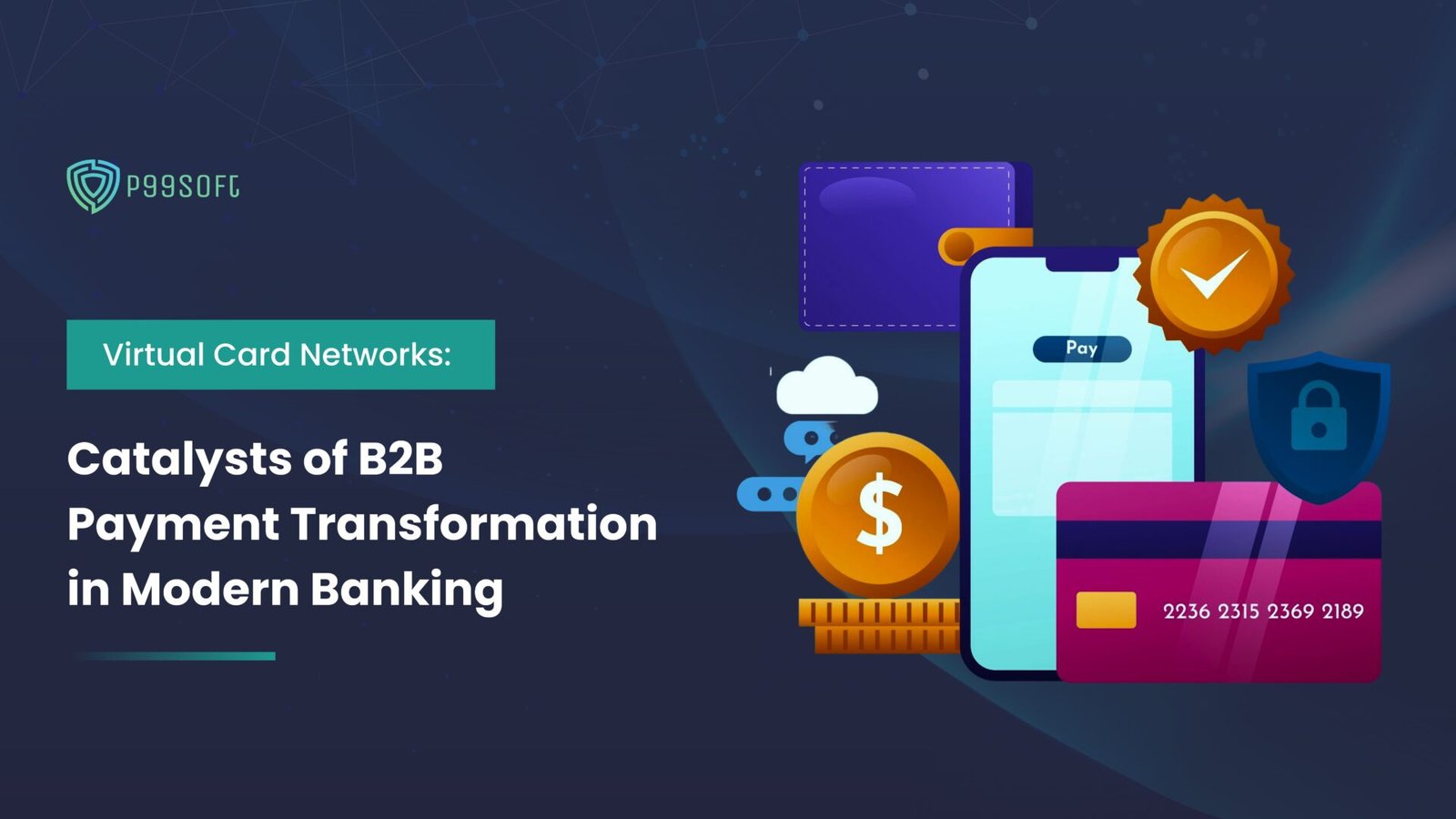Introduction
In the expansive realm of online gaming, the landscape has transformed significantly with the advent of in-game purchases. As players immerse themselves in captivating virtual worlds, the need for secure and user-friendly payment systems has become paramount. This comprehensive exploration delves into the IT services powering secure payment systems for in-game purchases, examining the technologies that safeguard transactions, protect user data, and foster a seamless purchasing experience. From encryption protocols to fraud prevention mechanisms, we unravel the intricacies of the digital economy within gaming.
Understanding Secure Payment Systems for In-Game Purchases
Secure payment systems for in-game purchases serve as the digital gatekeepers that facilitate transactions while ensuring the integrity and confidentiality of user information. These systems leverage a combination of encryption, authentication, and authorization protocols to safeguard financial transactions, providing players with a secure environment to engage in virtual commerce.
Encryption Protocols and Transaction Security
At the core of secure payment systems lie advanced encryption protocols. These cryptographic techniques encode sensitive information, such as credit card details and personal data, rendering it indecipherable to unauthorized parties. SSL/TLS encryption, in particular, plays a pivotal role in securing the communication channels between players, game servers, and payment processors, ensuring that transactional data remains confidential and tamper-proof.
User Authentication and Authorization
User authentication is a crucial layer in the security infrastructure of in-game payment systems. Multi-factor authentication (MFA) and biometric verification add additional layers of defense, mitigating the risk of unauthorized access. Furthermore, robust authorization mechanisms ensure that only legitimate users with the appropriate credentials can initiate and complete in-game transactions, thwarting potential fraudulent activities.
Challenges and Opportunities
While secure payment systems have significantly bolstered the trust of gamers engaging in in-game purchases, they are not without challenges. One of the persistent issues is the threat of payment fraud, where malicious actors attempt to exploit vulnerabilities in the system. Continuous innovation is required to stay ahead of these threats. Opportunities lie in the integration of emerging technologies, such as blockchain, which can enhance transparency and traceability in transactions.
Recent Statistics and Insights
Recent industry reports highlight the exponential growth of in-game purchases, also indicating a substantial increase in player spending on virtual items and enhancements. Insights gleaned from player behavior underscore the importance of frictionless and secure payment processes in driving engagement and revenue generation within the gaming ecosystem.
Examples and Use Cases:
- Steam Wallet: Steam, a leading digital distribution platform, employs a secure payment system known as Steam Wallet. Users can load funds into their wallets using various payment methods, and these funds can be used for in-game purchases. The system integrates robust encryption and authentication measures to ensure the security of financial transactions.
- Apple App Store and Google Play: Mobile gaming platforms, such as the Apple App Store and Google Play, implement secure payment systems for in-app purchases. These systems are designed to safeguard user data and financial information, contributing to the overall trustworthiness of these platforms.
- Fortnite’s V-Bucks Purchases: Fortnite, a widely popular online game, utilizes secure payment systems for the purchase of V-Bucks, the in-game currency. The system incorporates stringent security measures, including two-factor authentication, to protect player accounts and financial details.
In-Depth Analysis of Transactional Security Measures
To ensure a thorough exploration of the topic, let’s delve into specific transactional security measures implemented by leading secure payment systems, examining their effectiveness in addressing potential vulnerabilities and enhancing user confidence.
1. Tokenization: Tokenization involves replacing sensitive data, such as credit card numbers, with unique tokens. These tokens are meaningless to attackers even if intercepted, as they lack the original data’s context. Leading payment systems incorporate tokenization to bolster transactional security.
2. Dynamic CVV (Card Verification Value): Some payment systems employ dynamic CVV, where the three-digit security code on the back of a credit card changes periodically. This adds an extra layer of security, rendering stolen CVV information useless after a short period.
3. Biometric Payment Authentication: The integration of biometric authentication methods, such as fingerprint or facial recognition, enhances user verification for in-game purchases. This ensures that only authorized users can complete transactions, reducing the risk of fraudulent activities.
Conclusion
In conclusion, the landscape of in-game purchases is evolving, driven by the seamless integration of secure payment systems. As players increasingly participate in virtual economies, the role of IT services in fortifying transaction security cannot be overstated. From encryption protocols to user authentication measures, these systems form the backbone of a trusted digital marketplace within the gaming sphere.
Call to Action
Embrace the future of secure and immersive gaming experiences by staying informed about the latest advancements in payment security. Join the community advocating for user-friendly, secure payment systems that prioritize player trust and financial safety. As players, developers, and industry enthusiasts, let us collectively champion a gaming ecosystem where financial transactions are not just secure but contribute to an enriched and seamless gaming journey.




